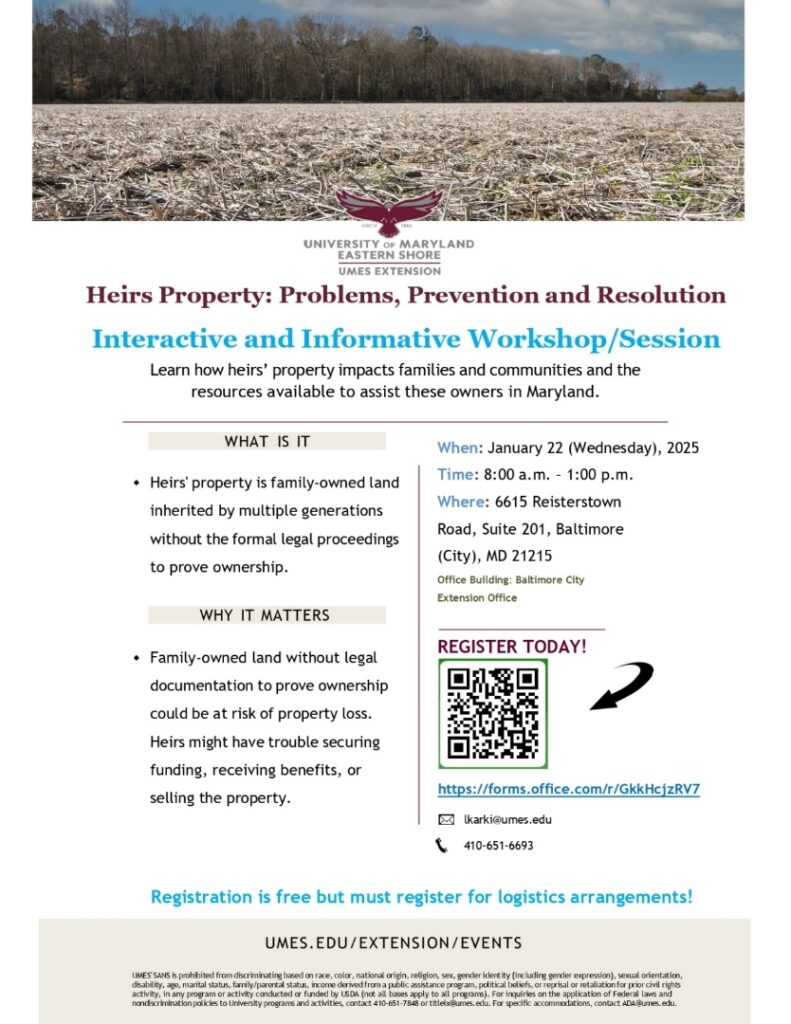By: Sarah Everhart
According to Chip MacLeod, Esq. the Chesapeake Bay clean-up effort has focused on non-point sources such as agriculture, septic tanks, and stormwater and ignored the impacts of the mighty Susquehanna River as the single largest source of pollution to Chesapeake Bay and the Conowingo Dam factor. The Conowingo Dam, owned and operated by Exelon Generation, has been Maryland’s largest source of hydroelectric energy for more than 90 years. The Dam also traps sediment and nutrient pollution carried downstream on the Susquehanna River in a 14-mile reservoir behind the dam. During heavy rain events, large amounts of water flow through the dam and wash the sediment, debris, and pollutants trapped behind the dam into the Susquehanna River and ultimately the Chesapeake Bay.
Back in 2012, MacLeod heard concerns from local leaders in Dorchester County, Maryland about the scope and related expense of the Chesapeake Bay clean-up efforts outlined in local Phase I watershed implementation plans (WIPs). By the end of that year, seven Maryland counties joined together to form the Clean Chesapeake Coalition, a group of local elected officials dedicated to improving the water quality of the Chesapeake Bay in a prudent and fiscally responsible manner. As their legal counsel, MacLeod soon took aim at the adverse downstream environmental impacts attributable to the Conowingo Dam based on a 2012 USGS Report and the Coalition counties intervened in the dam’s relicensing application with the Federal Energy Regulatory Commission (FERC). According to MacLeod, “the Coalition was the first intervenor organization to voice real concerns in the FERC relicensing process about the Conowingo Dam’s adverse impacts on the Bay’s water quality and, if not for that early opposition by Maryland local government officials, the Dam would most likely already be relicensed by now.”
The Maryland Department of the Environment (MDE) also hoped to force Exelon’s hand regarding Bay clean-up measures when it issued the Dam’s Clean Water Act Section 401 Water Quality Certification in April 2018 with pollution reduction stipulations. MacLeod described MDE’s decision to issue the Water Quality Certification with the associated conditions as “a bold and historic permitting decision utilizing the State’s significant Clean Water Act leverage to deal with a complex problem.” Unfortunately, the Water Quality Certification resulted in MDE and Exelon becoming embroiled in litigation that ended last October in what has become a highly contested settlement agreement.
The Clean Chesapeake Coalition and many other groups such as the Chesapeake Bay Foundation and Waterkeepers Chesapeake have expressed opposition to the settlement reached by MDE and Exelon and claim that the settlement agreement does not require Exelon to do enough to remediate the pollution caused by the Dam’s loss of trapping capacity. Many issues related to the Conowingo Dam remain undecided, including FERC’s approval of the settlement agreement reached by MDE and Exelon and a WIP for the Conowingo Dam itself.
To hear more about the Conowingo Dam from MacLeod and from experts representing the MDE, register for the Agricultural and Environmental Law Conference Series, hosted by the Agricultural Law Education Initiative.
Links:









